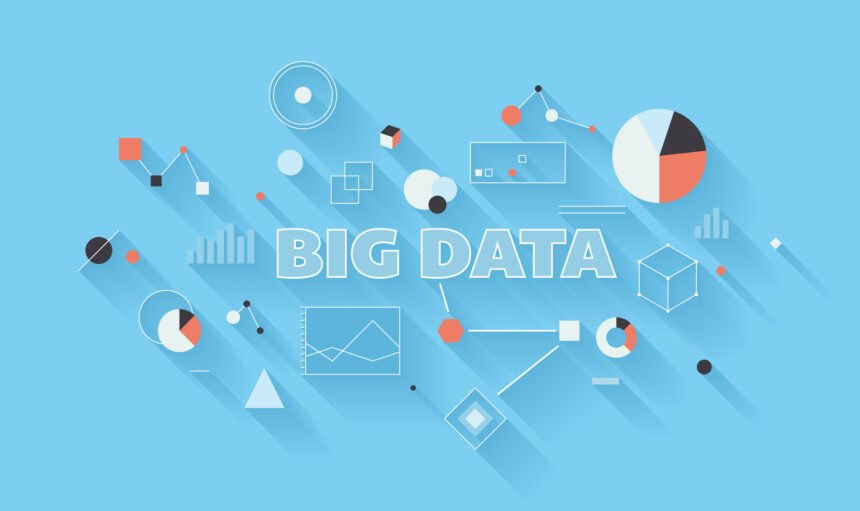According to the 2021 CMO Spend Survey by Gartner, budget allocation for marketing analytics failed to make the top 3 in priority falling behind digital commerce, marketing operations and brand strategy.
While I understand that selling products, cutting costs and delivering brand strategy is important for long term business results, the lack of priority in using data troubles me. It’s more difficult to reach consumers and technology buyers today than it ever has been in the history of marketing and advertising. Data is really the only way to get a 360-degree view of your customer and how they behave online.
Here are two ways that marketers can use data to drive better marketing performance.
Data-informed buyer persona
Building a buyer persona is more than just downloading a template online, filling in the blanks, and giving a fancy name to your customer. Today, there are ways to build audiences based on a variety of different variables and create personas that deliver actionable insights. A few of these variables include bio descriptions, self-identifiable interests, or followers of a specific keyword, hashtag or brand.
Sophisticated, data-informed buyer personas can provide insights uncovering which brands, media outlets, and influencers that audiences have a high affinity for. This is particularly helpful for PR teams who are trying to determine which media outlets they need to prioritize and pitch for certain stories.
For example, let’s assume that one of your buyer personas is an IT Decision Maker and the data tells you that they have a higher affinity towards the Wall Street Journal versus the New York Times. While it might seem like minor insight, this little nugget could help define the difference between reaching an audience are wasting time and effort in pursuing something else.
Topical-based social conversations
Once you build your audience and complete your buyer persona, you can then track the conversations that they’re having online on platforms like Twitter, Reddit, and YouTube.
For example, let’s assume that one of your buyer personas is male, between the ages of 30 and 55, interested in health and fitness, and needs to have the latest technology gadgets no matter what they cost.
A topical conversation analysis might uncover that this audience cares more about battery life then they do anything else when they decide to make technology purchases. They might even be vocal about which mobile carriers they use, which ones they have used before, and which ones that they would never use again.
Using the same approach, you can also track conversations specifically at the purchase funnel level. In other words, what is the audience saying when they are in the market for your product? Are they asking their community feedback and recommendations? Perhaps they narrow down your product against one of your main competitors. It’s not uncommon for people to ask others publicly for their thoughts when comparing two competitive products.
This type of conversational data and insight can only be extracted when clustering social media mentions and conversations amongst a target group of individuals.
A topical analysis can also uncover the top keywords and hashtags that the audience uses within their social conversations. This data would be priceless for marketers who are using that data to inform which keywords to bid on in paid search, which web pages to optimize for keywords from an SEO perspective, what keywords and phrases to use in blog headlines and press releases, and which hashtags to use in social content.
In summary, data driven marketing is critical to the success of marketing and communications teams globally. It’s not only takes out the guesswork in predicting success, it ensures that you are reaching your customers with relevant content and in the channels where they spend the most time.

